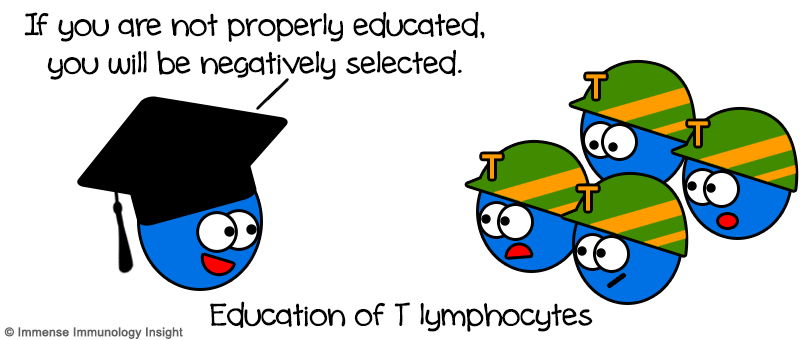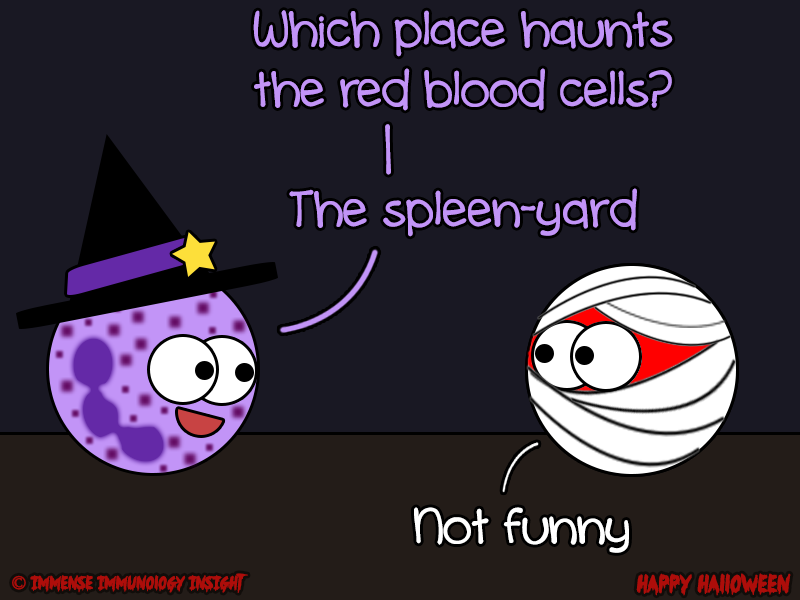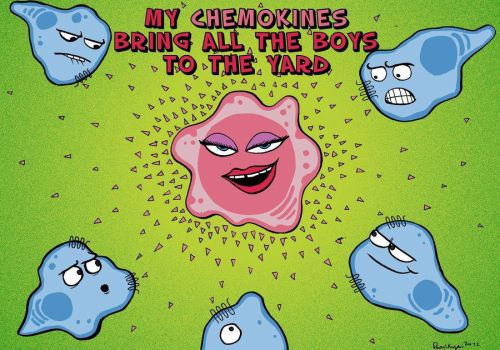House, M.D. S2:E22 "Forever"
In this episode, a woman suffered seizures while bathing her baby and almost drowned her baby. Her husband throwing up in a separate bathroom calls for her and with no response, he goes to check on her and dials 9-1-1.
(In the hospital)
EMT: Four year old infant submerged in the bathtub.
Don't know how long. Not responsive to the scene.
(baby continues crying)
EMT #2: Caucasian, female, 32
Tonic-cloning seizure in the bathroom.
First (False) Diagnosis: Colic Disease: Excessive crying in babies. Causes include constipation, GERD, lactose intolerance, anal fissures, subdural hematomas, and infantile migraine. The baby showed signs of intestinal gas, and allergy to the vitamins used for treatment. The baby experienced burning feeling in the thoracic cavity, pain, and tightness, dyspnea which led the doctors to think that he had chemical pneumonitis. In addition, the mother had multiple contractions in the chest which also led them to think that whatever the baby has, he got from the mother.
Actual Diagnosis: Celiac Disease aka Gluten-sensitive Enteropathy--genetic immune disease that results in the damage of the lining of the small intestine due to a sensitive reaction to gluten proteins. Celiac can be triggered by all kinds of stress--bills, childbirth, marriage, etc. The small intestine becomes damaged, less able to absorb vitamins and minerals into her bloodstream. Her body couldn't absorb niacin which caused pellagra, her body couldn't absorb vitamin K, which caused the bleeding.
My Immunology thoughts on Celiac Disease
A.A = Amino Acid(s)
So gluten is a protein, and proteins are long chains of amino acids. There are 20 various kinds of amino acids which of course would have 20 different kinds of linked long chains. These A.A are broken down to simpler compounds in our gut cell, proteins are secreted from the pancreas into the Ileum. (enterocytes = intestinal cells) and then transferred to our bloodstream. These A.A are created into a genetic sequence (AUG, GUU, GAA...) to make them into a protein. According to gi.org, "Gluten has two large numbers of glutamine and proline. We don't have the enzymes to break these amino acids apart. Rather than breaking the long chain into peptides, it stops at a peptide, a short chain." Therefore, gluten protein breaks down into a number of various peptides. In people with celiac disease, it's like each peptide causes a problem that increases the autoimmune reaction of other peptides. I think the gluten peptide passes through the stomach cells where they are recognized as "foreign invaders."
Comment for more questions!
Works Cited
Chawla, Anupama. "Diagnosis and Management of Celiac Disease." Clinical Nutrition INSIGHT 36.1 (2010): 1-4. Web.







 .....LOL
.....LOL






